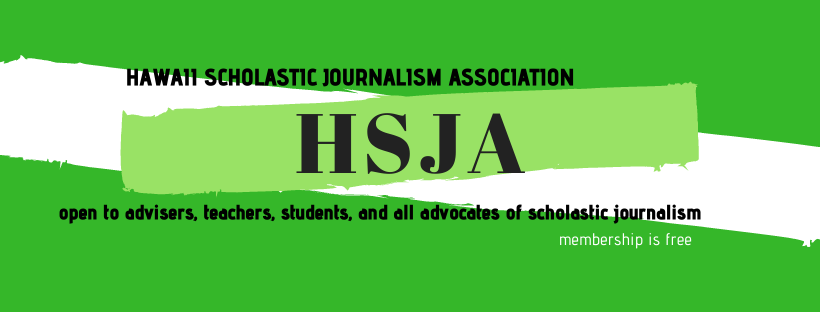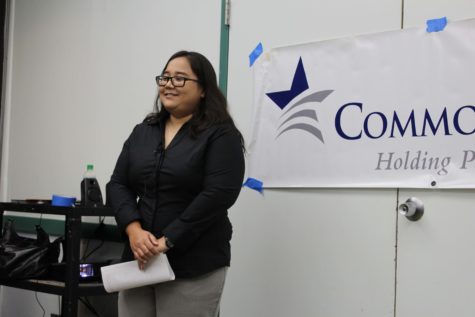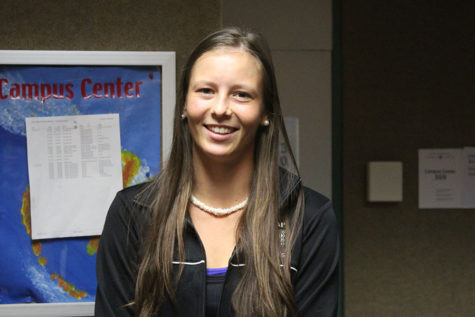Oceania’s Creative Capital
In the eyes of tourists and non-locals, Hawaii is viewed as the land of beaches, hula dancers, and the stereotypical tropical paradise. Although much of Hawaiian culture is portrayed through movies and TV-shows, Isabella Ellaheh Hughes, co-founder and Director of the Honolulu Biennial Foundation, an organization dedicated to showcasing Hawaii’s cultural diversity through the state’s first international arts festival, believes that the best way to inform oneself about a culture is through art.
A 2005 graduate of Punahou School, Hughes recalls visiting the Bishop Museum, formerly known as the Academy of Arts, and feeling inspired by the local art scene. During high school, she began an internship at Bishop Museum and further solidified her passion for the visual arts through her A.P Art History Class. While working abroad as an art curator and journalist, Hughes encountered many art professionals who were aware of the artistic talent in Hawaii, but wondered why these artists were never exhibited in a larger setting. This frustration at the lack of Hawaii’s artistic presence in the world led Hughes and her two co-founders of the Honolulu Biennial Foundation and fellow Hawaii locals, Dr. Koan Jeff Baysa and Katherine Ann Leilani Tuider, to begin planning Hawaii’s first ever international biennial.
The term “biennial” describes an event taking place every two years. In the artistic world, biennials – international art festivals promoting a city’s rich culture and history – have taken place since the Venice Biennial in 1895. According to Hughes, biennials “bring people together from all different cultures to view contemporary arts.” In addition to raising cultural awareness and artistic appreciation, the Honolulu Biennial is projected to attract over 42,000 visitors who will be traveling to Hawaii to specifically attend the festival. The Honolulu Biennial will be primarily free and open to the public, with its focus on featuring artists from Asia, the Pacific, and the Americas. Hughes believes that Hawaii’s location allows for a unique crossover of cultures, making the Honolulu Biennial “incredibly distinctive, for no other biennial has the [same] focus.”
After much fundraising, public artist talks, keiki programs, partnerships, and press coverage beginning in 2014, the Honolulu Biennial exhibitions are set to open from March 8 to May 8, 2017 in various locations around the island, including the Foster Botanical Garden, Ward Village, and the University of Hawaii at Manoa’s Hamilton Library, with all eleven sites to be confirmed by the end of the year.
One of the major goals of the Honolulu Biennial Foundation is to engage and inform people who have little to no exposure to local art. Since Hawaii is often represented inauthentically in the media, many residents, including UH Manoa graduate student Evon Le, have trouble defining what Hawaiian art looks like. When asked to share his thoughts on the local art scene, he simply replied, “When you mention local art, people are lost.”
Perhaps one of the biggest challenges the Honolulu Biennial Foundation will have to face will be to holistically and accurately represent Hawaii’s cultures in a way that will engage its many viewers who, like Le, have yet to recognize Hawaii’s place in the artistic world. In a 2014 interview with “Blouinartinfo,” Hughes expressed, “We really wanted to do an international art event that would highlight our hometown and reposition it as, what we believe is, the leading creative capital in Oceania.” Although the rest of the world may have yet to realize it, the Honolulu Biennial may be the catalyst that repositions Hawaii as an artistic and cultural hub that is deserving of global recognition.






